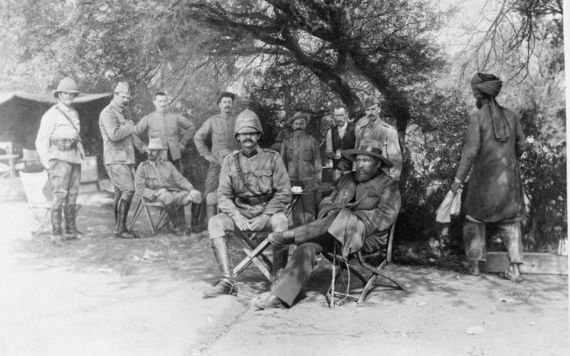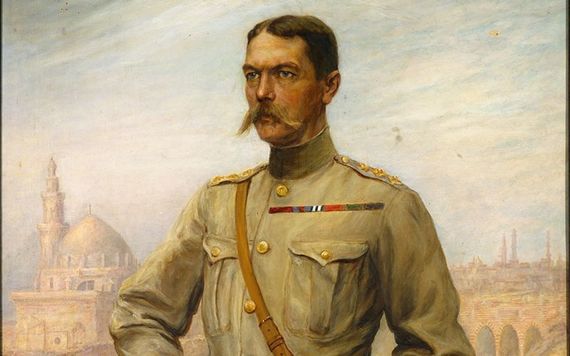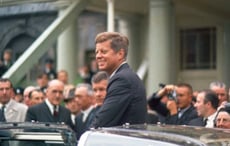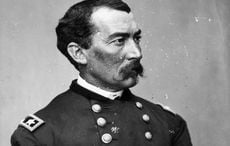There has been heated discussion on the term “concentration camp” since allegations by Democrats that such camps are soon going to start operating with migrant children in southern U.S. border areas.
Jewish leaders were strongest in their opposition to using the term concentration camp with good reason, given the haunting memories of what was done to six million of them by the Nazis in the camps.
But the original, most infamous concentration camps were not designed during the Nazi era. Rather, you have to go back to the Boer War in South Africa in the 1890s and early 20th century to discover the use of such dreadful institutions.
It was, in fact, the British, led by Irish-born Field Marshal Lord Kitchener, who made concentration camps bywords for suffering and disease.
The Boer War began in 1899 over South African independence and crucially, for control of its newly discovered massive gold deposits.
It was an uneven struggle. The Boers at the height had about 90,000 men in the war while the British had 500,000 by the height of the war.
But the Boers knew the terrain and fought the first successful guerilla war, nowadays called asymmetrical warfare, and they hounded, ambushed and harried the British forces at every opportunity.

Sheltering from the South African sun during the Boer War.
Enter Field Marshal Horatio Herbert Kitchener, who was born 169 years ago this week in the little village of Ballylongford in north Kerry. His father had bought an estate in the area but as the Duke of Wellington would, Kitchener would hardly have described himself as an Irishman.
Instead, he grew up to become one of the great leaders of the British military when British imperialism was at its height. After crushing rebellions in Sudan and India, sorting out the Boers seemed like a likely job.
Now known as “Kitchener of Khartoum” after a famous victory there, Kitchener doubled down on a vicious policy of rounding up all the women and children of the Boer warriors and imprisoning them in concentration camps with little food or sustenance.

A 1925 painting, "Kitchener of Khartoum".
Lord Kitchener stated in a military order the fact of interning all women, children, and men unfit for military services. He also said blacks living on Boer farms will be "the most effective method of limiting the endurance of the guerrillas.”
Boer women, children and men unfit for service were herded together and placed in concentration camps by the British. The dreadful conditions in these camps—no hygiene, very little food, women and young children crowded together with no sanitary facilities—led to a human disaster. The black concentration camps were utterly brutal places akin to the worst aspects of slavery.
According to sahistory.org, "The Boer concentration camps caused the death of 4,177 women, 22,074 children under 16 and 1,676 men, mainly those too old to be fighting.”
Indeed, were it not for the brave intervention of British humanitarian Emily Hobhouse, who tried her best to make the British people aware of what was being done in their name, it would have been a lot worse.
A commission of inquiry was eventually held and the camps disbanded. Kitchener showed his ignorance by banning Hobhouse from South Africa, but her great work had been done.
Here is some rare British Pathe newsreel footage from during the Boer War:




Comments